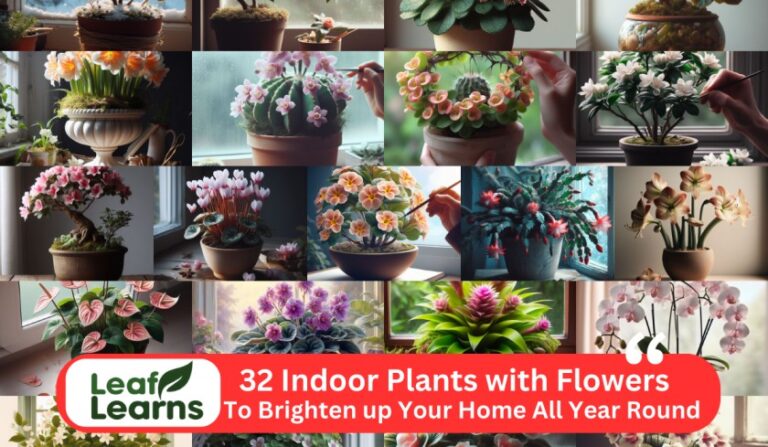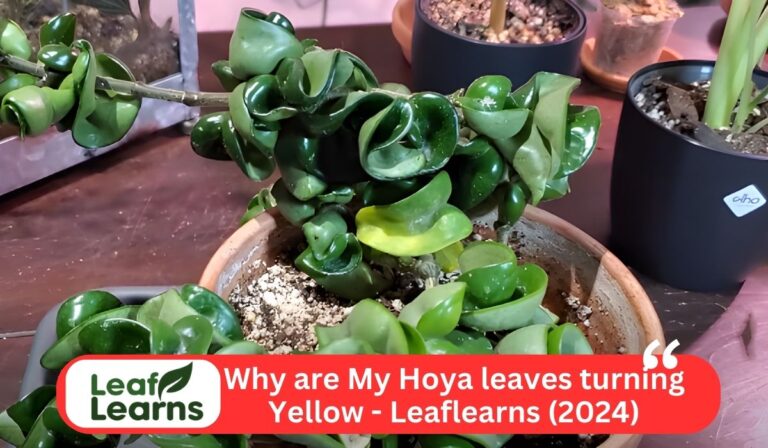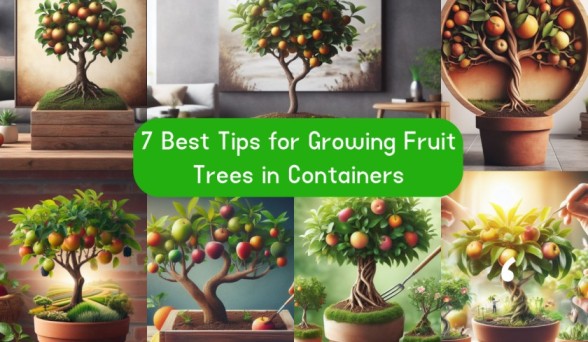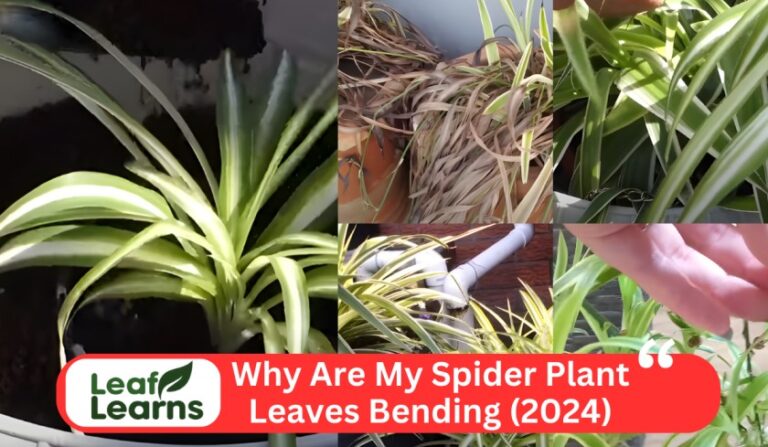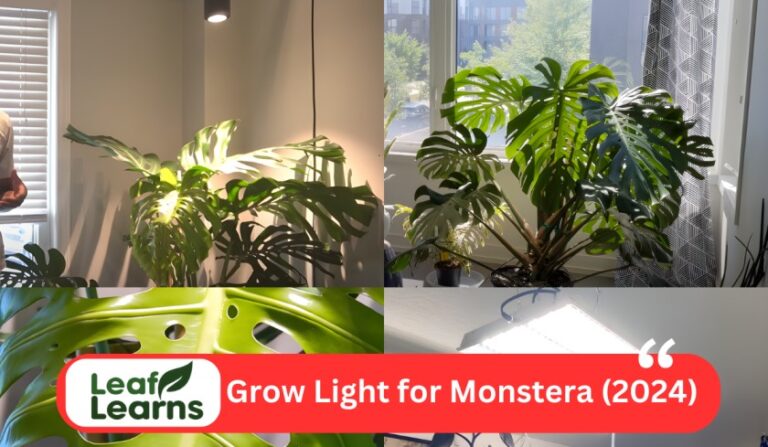Best Methods for Indoor Plant Watering (2023)
Indoor plant watering is the critical part of plant maintenance to maintain the balance. Overwatering can create the many issues like root rot and other issues and on other hand under watering can create many problems like wilting and stress to plants.
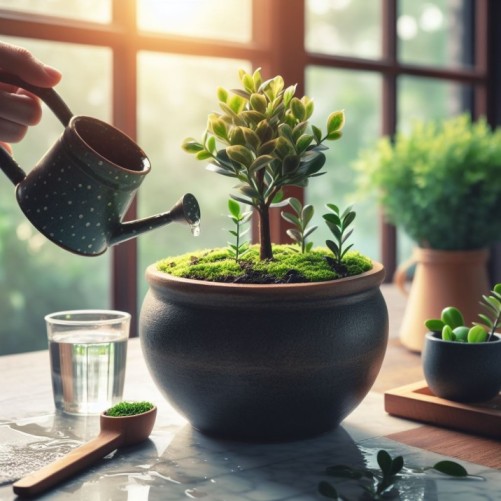
If you can maintenance the healthy indoor plant then you can consider some factors like the potting mix, humidity levels, the type of plant, and the seasons.
Its very best time to indoor plant watering when the top inch of soil is dry, and always care the proper drainage in your pots to protect from the waterlogged roots. First of all specify the plants needs and adjust your watering routine accordingly will help to keep your Indoor plants healthy.
Contents
- 1 When is the best time to water your Indoor plants?
- 2 How to Tell When a Plant Needs Water
- 3 Best Water for Indoor Plant
- 4 The Best Ways to Water Indoor Plant
- 5 How should you water your Indoor plant
- 6 Symptoms of overwatering indoor plants
- 7 How do you if you overwater your Indoor plant
- 8 What should you do if you have overwatered your plant?
- 9 Sign of Underwatering
- 10 Don’t forget misting
- 11 Solutions for forgetful waterers
- 12 The Importance of Aerating Your Soil
- 13 How Much Water to Use
- 14 What to Do After You Water
- 15 2 Most Common Reasons Indoor Plant Don’t Thrive
- 16 What to Consider Before Watering Indoor Plant
- 17 Different Plants Have Different Water Needs
- 18 What I Use For Watering Indoor Plant
- 19 Water the soil, not the leaves
- 20 Dump out any excess water
- 21 Effortless Indoor Plant Care with Automated Watering Systems
- 22 Mastering Indoor Plant Watering: Tips and Tools for Healthy Greenery
- 23 FAQs
When is the best time to water your Indoor plants?
The atmosphere and the particular demands of your indoor plants will determine when to water them.
In general, it is advised to water in the morning so that plants can absorb moisture before the heaviest part of the day.
However, elements like humidity, soil moisture, and plant-type matter. While tropical plants may require more irrigation, succulents prefer less regular watering.
Before watering, always check the soil’s wetness to make sure the surface is just barely dry. Observation and consistency are essential to the health of your indoor plants.
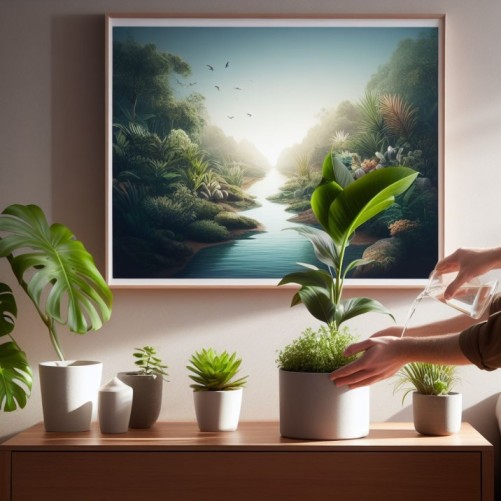
How to Tell When a Plant Needs Water
For proper indoor plant care, it is essential to understand “How to Tell When a Plant Needs Water.”
Follow your plant’s cues: dip your finger about an inch down into the soil to check the moisture level; if it feels dry, water.
Additionally, wilting leaves or a lighter color may indicate thirst. Do some study on your individual species to learn more about the demands of your plants.
Always strive for balance because over watering may be just as detrimental as under watering. To guarantee that your indoor plants grow, regularly evaluate and modify.
Best Water for Indoor Plant
Choosing the right water for indoor plants is essential when it comes to taking care of your indoor plants.
When irrigated with room-temperature, chlorine-free water, indoor plants flourish.
As hard water may include minerals that hurt your plants, avoid using it. Excellent options include purified water or rainwater.
Water your plants well but not excessively, and let the soil become a little bit dry in between applications. Your indoor plants will thrive and remain healthy if you water them regularly and thoughtfully.
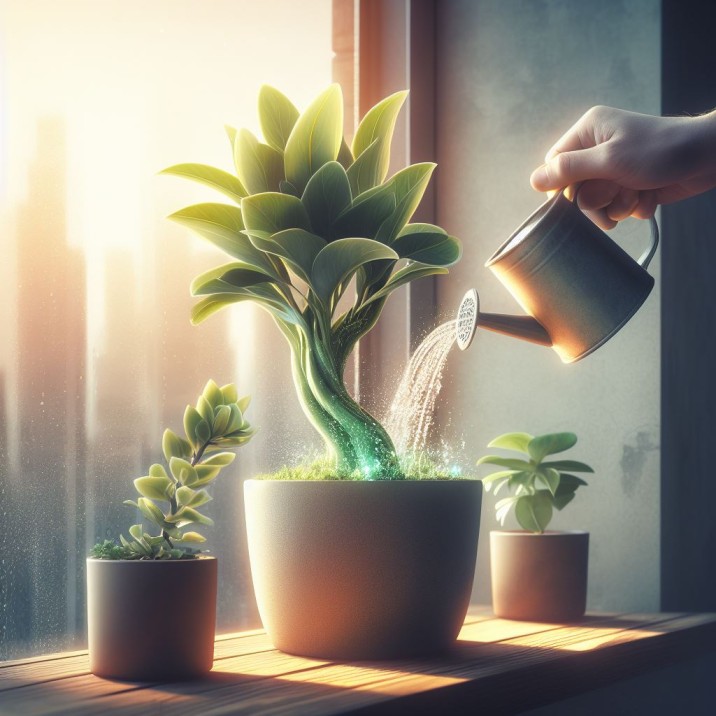
The Best Ways to Water Indoor Plant
The health of indoor plants depends on efficient watering. Be careful to adhere to these recommended practices to guarantee optimal development.
When the top inch of soil feels dry, water. First, check the soil’s moisture level by sticking your finger into it. To avoid shock, use water that is at normal temperature.
Never water leaves; always water at the base. For fine control, use a watering can with a pointed spout. Finally, create a regular timetable to avoid over or underwatering and encourage flourishing indoor flora.
How should you water your Indoor plant
You must appropriately water your green pals if you want them to thrive. By inserting your finger into the soil about an inch deep, first check the moisture level.
Water is needed if the soil seems dry. Pour water that is at room temperature evenly over the base while allowing any extra to drain.
Aim not to overwater your indoor plants; they appreciate slightly wet soil rather than soggy dirt. And keep in mind that every plant has different water requirements, so do some study to keep your plants happy and healthy!
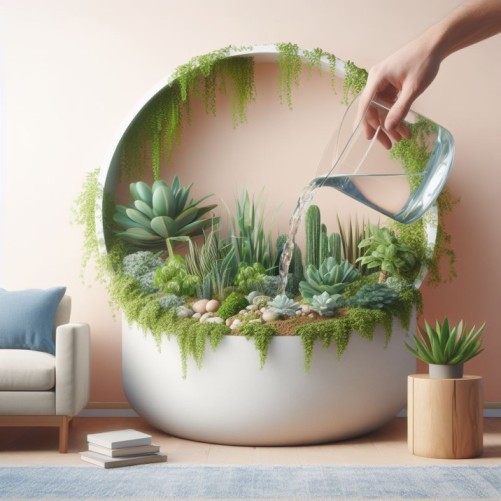
Symptoms of overwatering indoor plants
Understanding the signs of overwatering is essential since taking care of indoor plants may be difficult.
Root rot, wilting, and yellowing of the foliage can all result from overwatering.
Regularly check the soil’s moisture level to ensure healthy plants. Hold off on watering if you stick your finger about an inch deep into the soil and it feels damp.
Overwatering may be avoided by having enough drainage and using containers with drainage holes. By keeping a clear line of communication open with your plants, you can assure their success in a home environment.
How do you if you overwater your Indoor plant
Indoor plants’ health may suffer if they are overwatered. It’s essential to recognise the symptoms of overwatering in order to prevent this.
Increased wetness can cause root rot, wilting, and leaf deterioration.
By sticking your finger about an inch down into the earth, you may determine whether you’ve overwatered your plants.
It’s probably overwatered if it seems continuously wet or the pot feels heavy. If necessary, alter your watering schedule to provide your indoor plants with the ideal level of moisture.
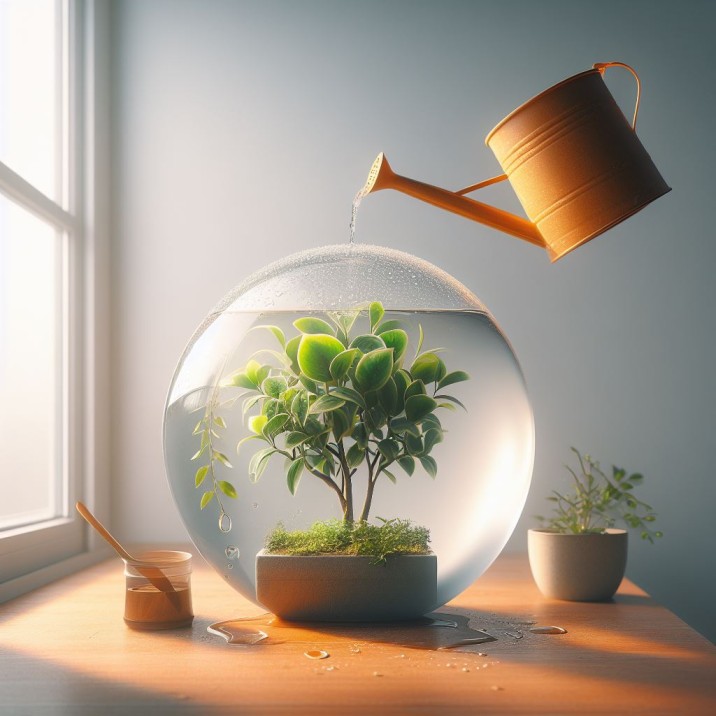
What should you do if you have overwatered your plant?
Don’t worry if you overwatered your houseplant; there are actions you may take to fix the problem.
First, evaluate the damage by examining the state of the plant and the moisture content of the soil.
Act quickly if the plant displays symptoms of stress, such as yellowing leaves or wilting, and the soil is wet. Drain any extra water from the pot, then let the soil air dry.
If required, alter your watering routine and think about repotting. Always practice moderation for a healthy indoor garden.
Sign of Underwatering
For healthy, blooming flora, proper indoor plant watering is necessary.
Dry, withering leaves, dirt peeling away from the pot’s borders, and a lighter weight when lifted are indications that the plant is underwater.
Establish a regular watering schedule, check the soil’s hydration with your finger, and think about using a saucer to collect excess water and avoid root rot in order to keep your plants hydrated.
Keep in mind that happier plants mean a better living space!

Don’t forget misting
For healthy indoor plants, proper watering is essential. Not only should you spray your plants, but also remember to water them frequently.
For tropical plants, in particular, misting offers much-needed humidity. As overwatering might harm your plants, try to maintain the soil at a steady moisture level that is not saturated.
To stop root rot, place a saucer under the pots to collect any extra water. Examine the specific needs of each plant and adjust watering as necessary.
Your indoor vegetation will flourish if you give it regular attention!
Solutions for forgetful waterers
Don’t worry if you forget to water your indoor plants. There are solutions for forgetful waterers.
Here are some simple suggestions to keep them healthy. Start by selecting low-maintenance plants like succulents or snake plants.
Put them in containers with good drainage. Use a timer or self-watering globes as a reminder. Group plants that require comparable amounts of water.
Set a reminder on your phone or create a regular watering regimen. Happy plants make you happy!
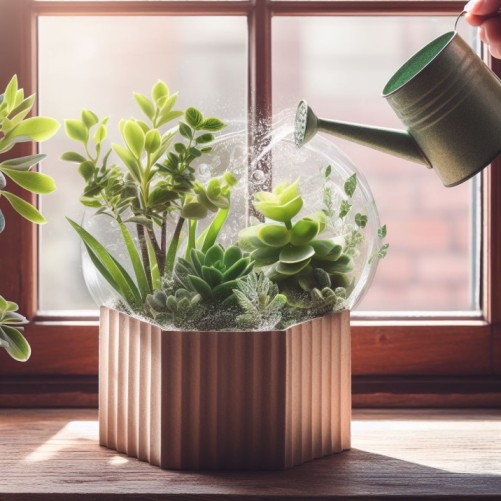
The Importance of Aerating Your Soil
When it comes to watering indoor plants, the significance of aerating your soil cannot be emphasized enough.
Effective water penetration is made possible by proper soil aeration, which improves soil structure. Aeration encourages root development and minimizes waterlogging by releasing compacted soil.
Make sure the soil is well-aerated before watering indoor plants to maintain the ideal moisture levels.
This straightforward technique enhances water distribution, guards against root rot, and promotes the health of your indoor plants. Keep in mind that colorful, growing indoor greenery depends on healthy soil.
How Much Water to Use
One essential skill to acquire while caring for indoor plants is “How Much Water to Use.” Watering plants correctly is crucial for plant health.
Striking a balance is crucial; stay away from overwatering, which can result in root rot, and underwatering, which can lead to stress.
The type of plant, the size of the container, and the environmental factors all affect how much water is required.
In general, it’s preferable to fully water plants, letting excess water to drain, and then waiting an inch or two before watering them again. Your indoor plants will thrive with regular monitoring and alteration
What to Do After You Water
It is very important to think about “What to Do After You Water” while caring for indoor plants.
To avoid root rot, be careful to dump the saucer underneath the pot after giving your plants healthy water. Make sure there isn’t any standing water because it can choke the roots.
Only water when the soil seems dry after sticking a finger up to the first knuckle to check the moisture level.
To maintain your indoor plants growing and healthy, establish regular watering schedules. This quick post-watering regimen guarantees healthy development.
2 Most Common Reasons Indoor Plant Don’t Thrive
Inadequate hydration and poor timing are two of the most frequent causes of indoor plant failure.
Many people either drown or overwater their plants, which causes stress and poor development. Talk to your leafy buddies to secure the success of your indoor plants.
Pay attention to their unique water requirements, which might differ greatly according on the species.
Keep an eye on the soil’s moisture level and modify your watering plan as necessary. A healthy and flourishing indoor garden is ensured through effective communication with your plants.
What to Consider Before Watering Indoor Plant
Knowing what to think about before watering is crucial for indoor plant care. First, test the soil’s moisture content by inserting your finger about an inch deep; if it feels dry, water.
Take into account the type of plant, since various species have varied water requirements. In order to avoid root rot, make sure the pot has adequate drainage.
Use water that is at room temperature and refrain from overwatering to protect your indoor plants.
Keep an eye out for symptoms of under or overwatering, such as yellowing or wilted foliage. Your indoor plants will flourish with regular care.
Different Plants Have Different Water Needs
It’s important to keep in mind that different plants require different amounts of water while caring for indoor plants.
Your houseplants’ health depends on you being aware of their particular needs. Others, like ferns, thrive in continually damp soil, while some, like succulents, need sporadic irrigation.
To guarantee that different plant species thrive, pay attention to their unique requirements.
Customized care is the secret to healthy, happy indoor plants because overwatering or underwatering can cause issues.
What I Use For Watering Indoor Plant
The proper watering technique must be used while caring for indoor plants. I use a watering can with a nozzle that is narrow as a straightforward yet efficient strategy.
By doing this, I can target the soil without wetting the foliage. It’s crucial to determine each plant’s specific moisture requirements to make sure they are neither too dry nor too wet.
My indoor sanctuary remains alive and vivid thanks to proper watering, which encourages healthy development and wards against problems like root rot.
Water the soil, not the leaves
Watering the soil, not the foliage, is crucial for good indoor plant growth. By avoiding water from resting on leaves, this practise lowers the danger of fungi illnesses.
When watering, focus on the root zone to allow the soil to gradually absorb rainwater. For accuracy, use a watering can with a pointed spout.
To prevent overwatering, which might damage the plants, make sure the drainage is adequate.
Keep lines of communication open with your plants, paying attention to their requirements, and providing the right care to ensure healthy indoor vegetation.
Water Thoroughly and evenly
You must evenly and completely water indoor plants if you want to maintain their health. When watering, try to uniformly hydrate the root zone.
As a result, healthy development is encouraged and overwatering or underwatering is avoided.
Avoid allowing water to accumulate in saucers since this might cause root rot.
Allow the extra water to drain away instead. Maintaining a consistent watering schedule is essential for plant health and lush vegetation.
Dump out any excess water
Maintaining correct watering techniques is essential while taking care of indoor plants. Always empty any extra water that collects in the plant’s saucer or pot to avoid overwatering.
This prevents the roots of the plant from becoming waterlogged, which might cause root rot and other problems.
Maintaining the correct moisture level for your indoor plants by routine inspection and saucer emptying can encourage strong growth and colorful foliage.
The secret to your plants’ health is effective communication, which you may achieve with appropriate watering.
Effortless Indoor Plant Care with Automated Watering Systems
In today’s fast-paced world, tending to our indoor plants can sometimes be challenging. However, thanks to advancements in technology, we now have access to a range of innovative solutions like the automated indoor plant watering system.
These systems, often available at stores like Home Depot, offer a convenient way to ensure our beloved indoor greenery receives the care it deserves.
Whether it’s an auto indoor plant watering system or a self-watering device, these systems have become invaluable tools for plant enthusiasts. With the help of indoor plant watering units and smart Xiaomi systems, we can maintain the health and vitality of our indoor flora, even when we’re away on vacation.
Plus, DIY enthusiasts can explore creative options like homemade watering systems or probe-based setups to keep their indoor gardens thriving.
Mastering Indoor Plant Watering: Tips and Tools for Healthy Greenery
In addition to technology-driven solutions, it’s crucial to understand the needs of our indoor plants. A well-structured indoor plant watering schedule, guided by tips and a helpful watering guide, can make a significant difference.
Monitoring the frequency and volume of watering is vital, as overwatering can be as harmful as underwatering. Different plant varieties, such as the aloe vera, bird of paradise, or peace lily, have specific watering requirements that should be taken into account.
Indoor Plants like the snake plant, which thrives on infrequent watering, contrast with those like the indoor money plant that needs consistent attention.
With a little knowledge and the right tools, including the best indoor plant watering can or the top-rated indoor plant watering system in the UK, we can create a flourishing indoor oasis where our green companions thrive and continue to bring joy to our homes.
FAQs
How should you water your indoor plant?
Check the soil moisture by sticking your finger approximately an inch deep in the soil to ensure the health of your indoor plants.
Water is needed if the soil seems dry. Pour water that is at room temperature evenly over the base while allowing any extra to drain. Avoid overwatering and keep in mind that every plant has different water requirements.
When is the best time to water your plants?
The type of plant, soil moisture, and humidity are just a few variables that affect when is ideal to water indoor plants.
In general, watering in the morning is advised to give plants time to absorb moisture before the day gets hot. Before watering, carefully measure the moisture content of the soil, since various plants may have different requirements.
How do you know if you’ve overwatered your plants?
Indoor plants might suffer from being overwatered. Check the soil moisture by sticking your finger approximately an inch deep into the soil to detect overwatering.
It’s probably overwatered if it seems continuously wet or the pot feels heavy. Make the necessary adjustments to your watering plan to avoid problems like root rot.
What should you do if you’ve overwatered your plant?
If you think you may have overwatered your houseplant, check the soil’s moisture level as well as the health of the plant right away. Drain any extra water from the pot, then let the soil air dry.
If required, alter your watering routine and think about repotting. A healthy indoor garden relies on moderation.
What are the signs of underwatering?
Dry, withering leaves, dirt peeling away from the pot’s borders, and a lighter weight when lifted are indications that the plant is underwater.
Establish a regular watering plan, check soil moisture with the finger test, and think about using a saucer to collect surplus water and prevent root rot in order to avoid underwatering.

